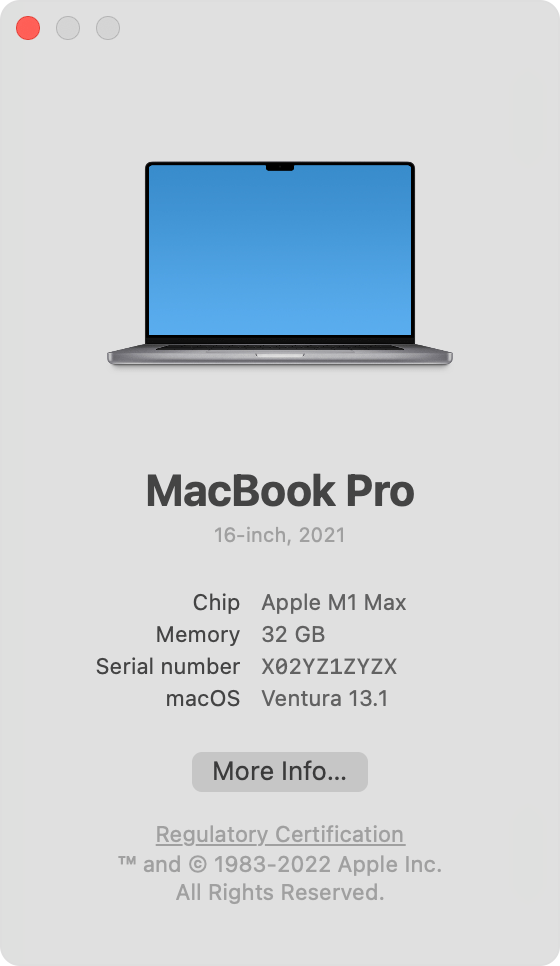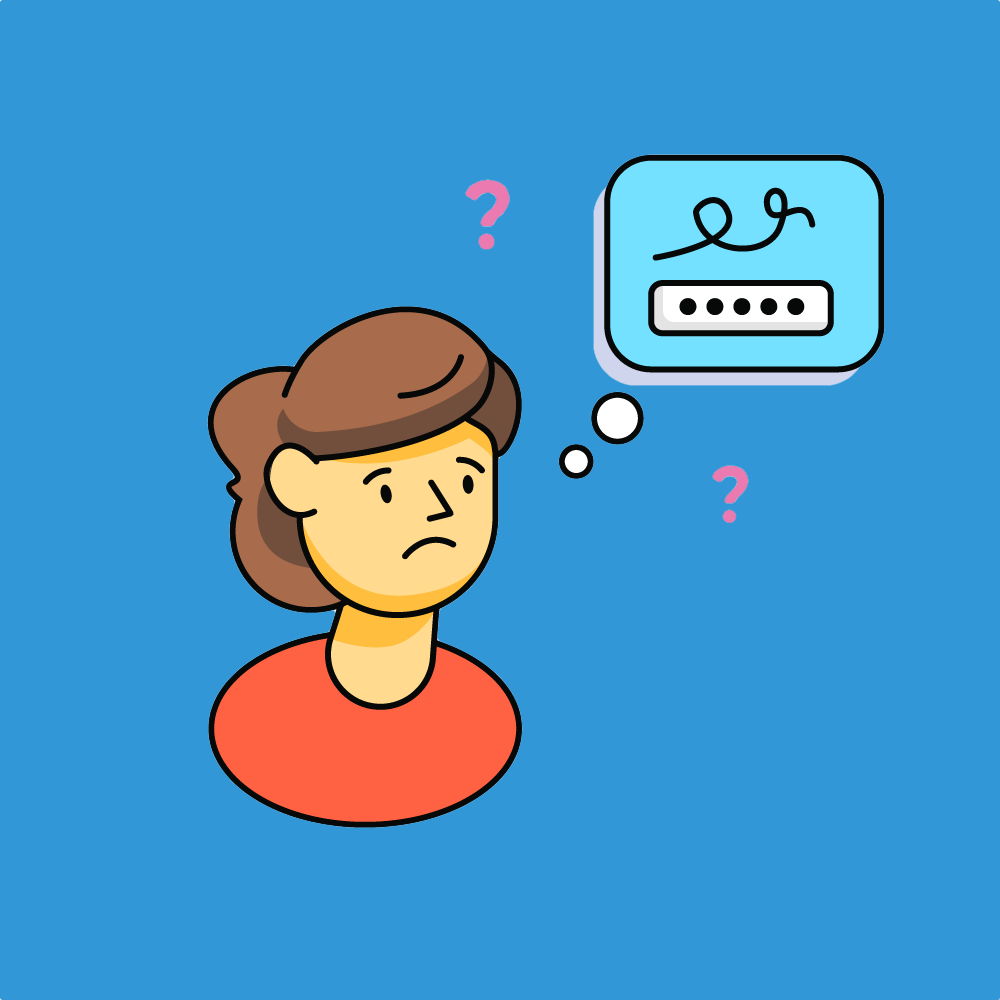Manuals play a great role in helping using users of a certain product to learn about how to use that particular product, more so if the product is new to the market. These manuals are usually written by technical writers with the guidance of the product developers to come up with a write up that is easy to understand by both technical and non-technical users.
To the surprise of many product developers, most of the questions that users ask their support teams already have their answers answered right in the user manuals. So, the question we want to answer today is why users don't read product manuals even when they are availed to them. If you are a product developer or technical writer, these reasons could help you know how best to write user manuals the next time you have to write one.
Here are the top reasons why users don’t read product manuals.
1. Users get bored while reading manuals.
Even when a user is excited about using the product, they will find it hard to read your complete manual if it is so boring. A good manual should make it easy for the users to follow while reading it. The mistake many technical writers make is writing a manual without thinking of the exact kind of people who will likely read it.
2. Some manuals are published in wrong formats
One of the worst mistakes you can ever make as a product developer or technical writer is publishing your product's manual in the wrong format. The format you use should largely depend on the type of product and the demographics of your target audience. For instance, if you have a hardware product like a fridge, it would make more sense if your manual is in form of a hard copy document than a digital copy.
For the case of software, you can publish your manual as an e-document that can be in form of pdf, HTML, doc, PowerPoint, JSON, etc. The good news is when you use tools like Folge to take screenshots of your project, you can have the shots captured converted to any format of a digital document that we have shared above.
3. The manual bares a lot of technical jargon.
While creating a manual for a product, the technical writer often forgets that the audience they are writing the document for is not that technical and may not understand the language used. When the user doesn't understand the language being used in a document, they won't even waste a lot of their time reading it anymore.
If you are a technical writer, you should write using simplified language that an ordinary person can understand. If possible, you should even add sketches that illustrate the point you are trying to make in the manual. You may also add a link to a video (if any) in your manual if at all the manual is in form of a soft copy.
4. Negative attitude towards manuals
Most people already have a bias that manuals are not easy to understand, so most of them opt not to even try to read them at all. With this kind of audience, the best way to make them read the manual is by making it in a format that makes it effortless for them to read. Diagrams and illustrations will be the most obvious way to write manuals for people who are negative above manuals that are too wordy and complicated to read
5. When the usability of the product is straight forward
When your product is very easy to use, people find no reason of spending their useful time trying to read your manual. This happens in situations where your product is either related to some products that were already in the market or it is an update of something they were already used to.
For instance, if someone is upgrading from an iPhone X to an iPhone XS, they will most likely not need a manual to know how their new device works. They will use their experience and common knowledge to figure out how to use a few features that could have been added to the newer device.
So how do you make your users read documentation like a best seller book until the last page? Here are our tips for writing a great user manual for your product:
Don't only focus on how
Most technical writers put all their focus on showing the user how a particular feature of their product works without telling them why they need the feature in the first place. The best way to give reason to your users to read your manual is by sharing with them why they need a particular feature of a product.
Make sure you use the right formatting
When the text in your manual is properly spaced, formatted and has correct spacing reading it will be pretty easy for the user.
Be precise and straight to the point
While trying to describe how the different features of your product work, it is important not to use so many words as they could be a turn off for some users.
Add elaborative screenshots
This mostly applies to manuals written for software products. When you add screenshots elaborating on the procedure of doing a particular task with your app, it becomes easy for your users to follow. You can take high definition screenshots of your app functionality using software like Folge.

Add Screenshots using
Folge, annotate them and export in many formats.
It should be right in front of the user
If your manual is for a hardware product, make sure it is what the user puts their eyes on as soon as they open the box of your product. Putting the manual far below the box reduces the chances of your users ever reading the manual. If it is for software, make sure you add a section within your app, that users can easily access in case they need any information on how to use your app.
Final thoughts
Like we have seen above, the reality is that most users don't read user manuals for reasons we have shared. There could be other personal reasons why some users don't read manuals, but the above are among the most common.
As a technical writer or product developer, you can reverse engineer these reasons and try to come with the best possible way of writing manuals that will likely attract many users to read.
If you want to create technical documentation for a software product, a tool like Folge can bring your guide to life by helping you capture every detail in a visually pleasing, intuitive way. Download it for free and start creating quick, easy tutorials for your software.
Create top notch technical documentation
🏆 Try and use Folge for free forever.
Download now



